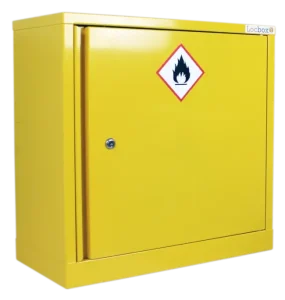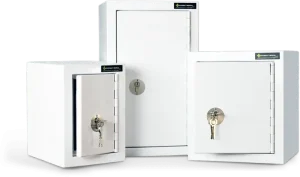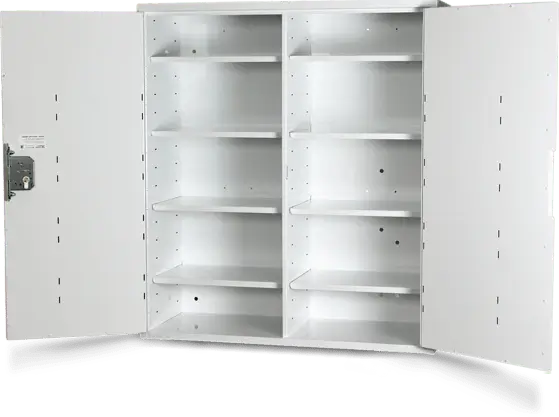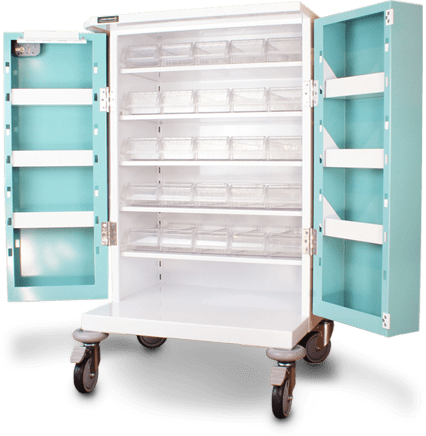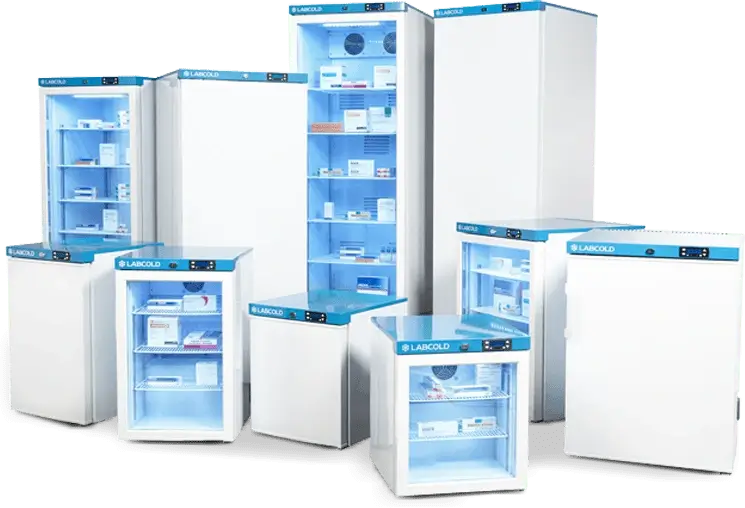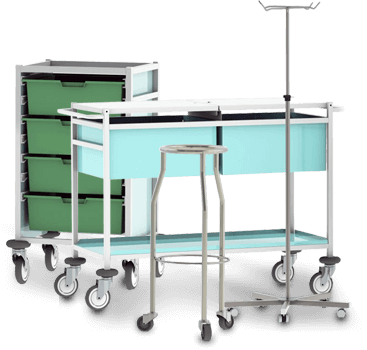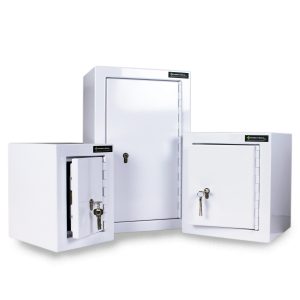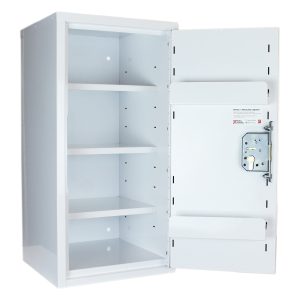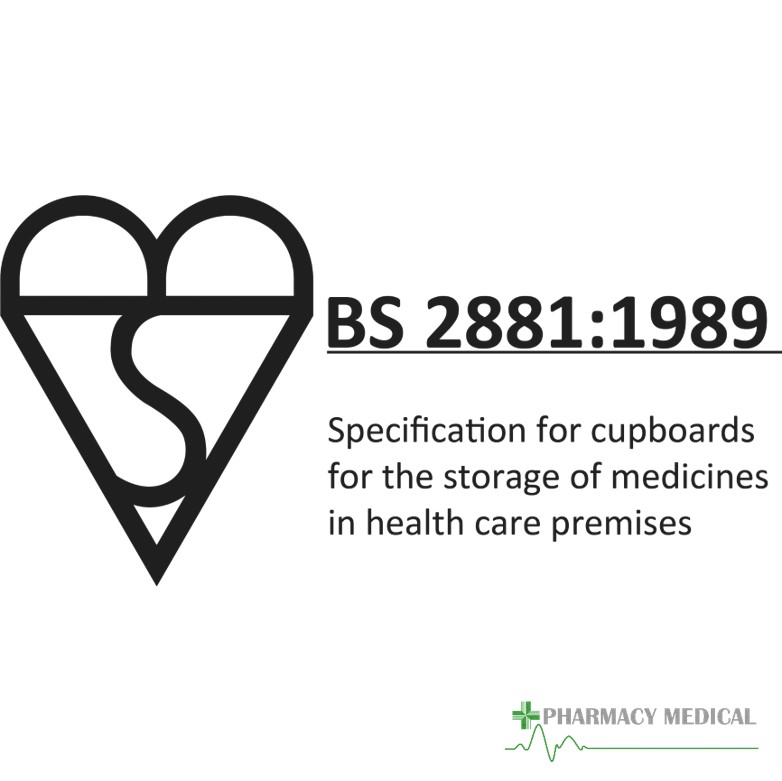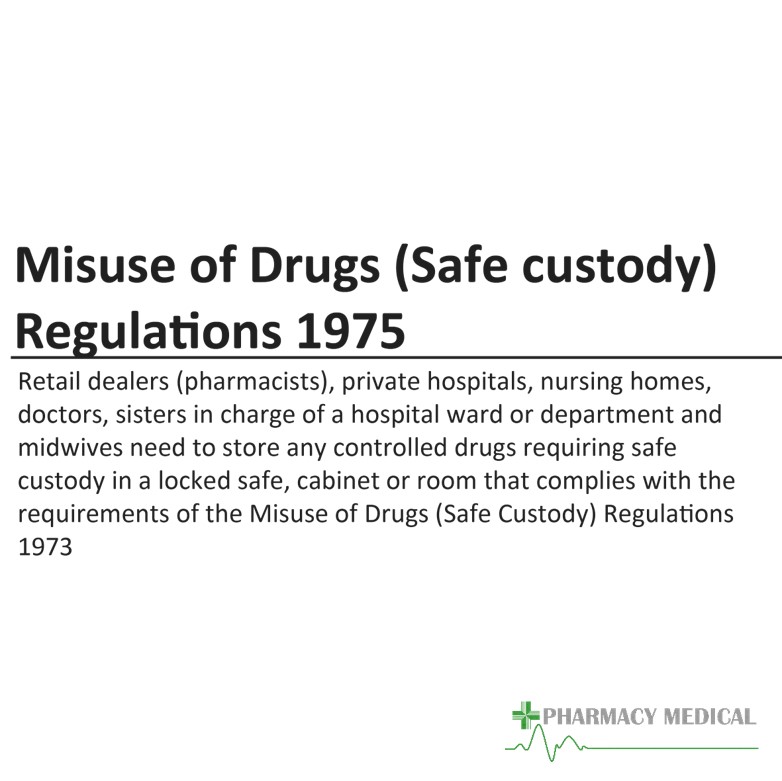What is the difference between a Controlled Drug and a Medicine Cabinet?
All our Controlled drugs cabinets and medicine cabinets conform to BS 2881:1989
In this article, we aim to highlight the difference between controlled drugs cabinets and medicine cabinets.
There are significant differences between a Controlled Drugs Cabinet and a Medicine Cabinet, listed below.
Pharmacy Medical manufacture a range of controlled drugs cabinets, monitored dosage cabinets & medicine cabinets and here we will do our best to explain the differences between the two types of cabinets.
You can click on the links below to see our ranges of fully compliant cabinets.



